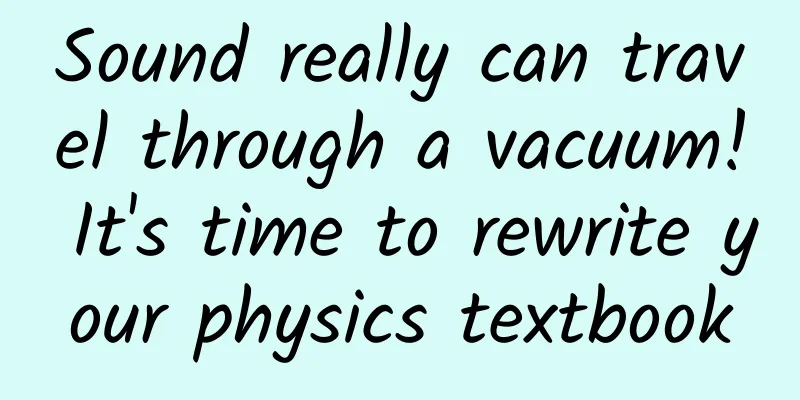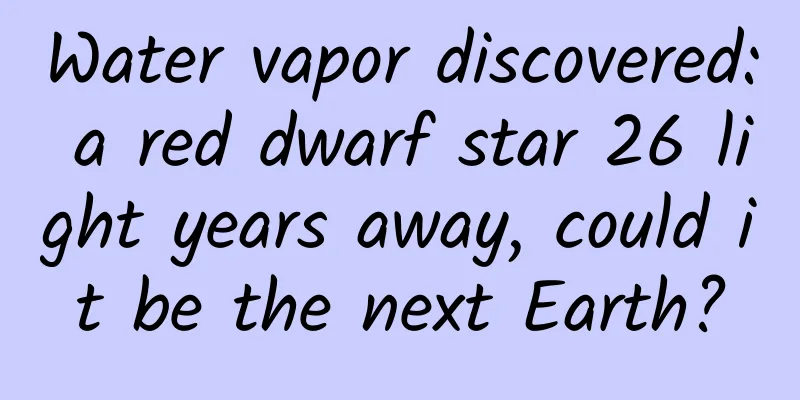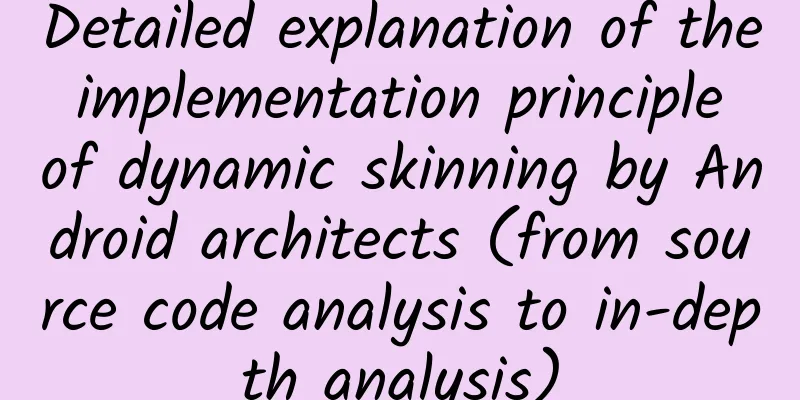Sound really can travel through a vacuum! It's time to rewrite your physics textbook

|
If a friend tells you that sound can propagate in a vacuum, please don't rush to laugh at him for not learning high school physics well. In fact, under certain specific conditions, sound can indeed propagate in a vacuum over a very short distance. On July 14, 2023, two physicists from the University of Jyväskylä in Finland, Zhuoran Geng and Ilari J. Maasilta, published their latest research results in the journal Communications Physics. They achieved for the first time the extremely short vacuum propagation of sound between two very close (about 100 nanometers) zinc oxide (ZnO) crystals. In other words, it turns out that sound can really propagate in a vacuum! Why can't sound travel in a vacuum? Junior high school physics textbooks have long taught us that sound needs a medium to propagate. The medium for propagating sound can be gas, liquid or solid, such as the air we breathe, water or steel. Space is a vacuum environment without any medium, so sound cannot propagate in a vacuum. Chladni pattern: Visualizing the sound in transit. Image source: wikimedia In high school classes, physics teachers will explain further: the object that initially vibrates is called the sound source, and sound is a mechanical wave generated by the vibration of the sound source. Mechanical waves rely on the continuous vibration of the medium to propagate. To put it in a more vivid way, the process of sound propagation is like ripples in water. The dripping water droplets are the "sound source", the constantly vibrating water surface is the "medium", and the ripples in the distance are the "sound". In other words, sound, as a mechanical wave, will continue to spread around as the medium vibrates, thereby completing its own propagation . The process of sound propagation is like ripples in water. Therefore, in a vacuum environment where there is no medium, sound cannot propagate. It can be transmitted by electromagnetic waves. As a mechanical wave, sound cannot be transmitted directly in a vacuum under normal conditions. However, in many cases, we have to transmit sound in a vacuum, such as maintaining voice communication with astronauts in the space station. In fact, our high school physics teacher also told us another thing, that is, visible light, radio waves, etc. are all electromagnetic waves, and the propagation of electromagnetic waves does not require a medium, so they can propagate in a vacuum. In this way, sound can be effectively propagated in a vacuum by converting mechanical waves into electromagnetic waves and then back into mechanical waves . Sound waves travel through a vacuum gap (artistic image). Image credit: Science Alert In fact, this indirect method is not mysterious, it has always existed in our lives. For example, we can use a microphone to convert sound into electrical signals (mechanical waves → electromagnetic waves), and the electrical signals will stimulate the generation of radio waves to complete the information transmission (electromagnetic waves), and finally the electromagnetic waves are received to generate electrical signals and converted into sound again (electromagnetic waves → mechanical waves). Through this indirect sound conversion method, even if we are on the ground, we can still hear the words of Chinese astronaut Zhai Zhigang: "I have left the cabin and feel good!" However, this indirect way of sound propagation with the help of electromagnetic waves still cannot make up for the regret in the hearts of physicists - it would be a good thing if sound could be propagated in a vacuum, even if it is only a very short distance in a vacuum. Try it in a vacuum. For sound, although it cannot propagate in a vacuum environment over long distances, something wonderful happens when the vacuum distance is close enough - sound can still propagate in a vacuum over extremely short distances . However, it is not so easy to achieve "sound tunneling". It requires specific materials and complex experimental methods. Although some physicists have achieved "sound tunneling", the tunneling efficiency is not high. Fortunately, Geng Zhuoran and Ilari Masilta accidentally discovered that if two zinc oxide (ZnO) crystals are placed close enough, sound can be transmitted from one crystal to the other, and the tunneling efficiency this time reaches 100%. Between the upper and lower ZnO crystals, sound propagates through a very short distance in a vacuum. Image source: Reference [1] This is because zinc oxide (ZnO) crystal is a special piezoelectric material. When it is subjected to external pressure, it will generate an electric field. Under the action of the electric field, the zinc oxide (ZnO) crystal will also be deformed by force. Therefore, when sound is applied to a crystal, the crystal will be forced to generate an electric field, causing the electric field of the other crystal to change accordingly. In this way, the other crystal will be forced to vibrate under the action of the electric field, thereby reproducing the original sound . Conclusion The charm of science lies in constantly subverting human cognition and bringing infinite inspiration to the world. This new discovery about sound propagation can not only help physicists better understand the basic laws of quantum mechanics, but also help them expand into new fields and develop new technologies with the help of this achievement, and apply the new technologies to smartphone communications or micro-electromechanical components in other voice devices. References [1] Geng Z, Maasilta I J. Complete tunneling of acoustic waves between piezoelectric crystals[J]. Communications Physics, 2023, 6(1): 178. [2] Kaliski S. The passage of an ultrasonic wave across a contactless junction between two piezoelectric bodies[C]//Proc. Vibr. Probl. 1966, 7(2): 95-104. Planning and production Produced by Science Popularization China Author: Luan Chunyang, Department of Physics, Tsinghua University Producer丨China Science Expo Editor: Cui Yinghao |
<<: The ancestor of pterosaurs couldn’t fly?
>>: As one of the most important organs in the human body, do you understand your "heart"?
Recommend
Gaia Academy Professional Tarot Master Basic Course Long-term Class + Practical Interpretation 15 Lectures Online Course Video
Gaia Academy Professional Tarot Master Basic Cour...
I don't believe the new iPhone design is so ugly, but it may really be a "triple camera"
After Apple suddenly announced a reduction in its...
How much does it cost to customize the Shiyan flower mini program? What is the price of customized flowers in Shiyan mini program?
In order to better penetrate into various industr...
Microsoft pushes Windows 10 Mobile update to non-Insider testers
On Friday, Microsoft pushed Windows 10 Mobile Ins...
4 tricks for brand copywriting!
Since ancient times, wine has been loved by liter...
Brand Marketing: Let’s talk about Durex’s 419 marketing failure!
On April 19, Durex Weibo posted several interacti...
APP promotion: A brief discussion on the cold start of Internet products!
No matter how cool the concept of a product is or...
Lao You's short-term system: the essence of the short-term system and the leading strategy
Lao You’s short-term system: The essence of the sh...
Beware! Eating too fast increases the risk of diabetes
Recently, the topic "Eating too fast increas...
In addition to selling traffic, there are many other ways to monetize new media.
Last Friday, the fashion giant "Rebecca'...
A large number of information flow delivery optimization tips and tools are coming!
Launching is a big project! Are you always overwh...
Why do most startup marketing fail?
The author of this article will explain the mista...
Quantum mechanics hidden in a tiny window? So I advise you to close the curtains at night!
With the continuous development of urbanization, ...
What are those little flying insects that appear out of nowhere in your home? How can you kill them?
One minute with the doctor, the postures are cons...
Social Media Marketing Strategy with Sales of 1.5 Million+ in 10 Days
In large-scale marketing activities, community op...









